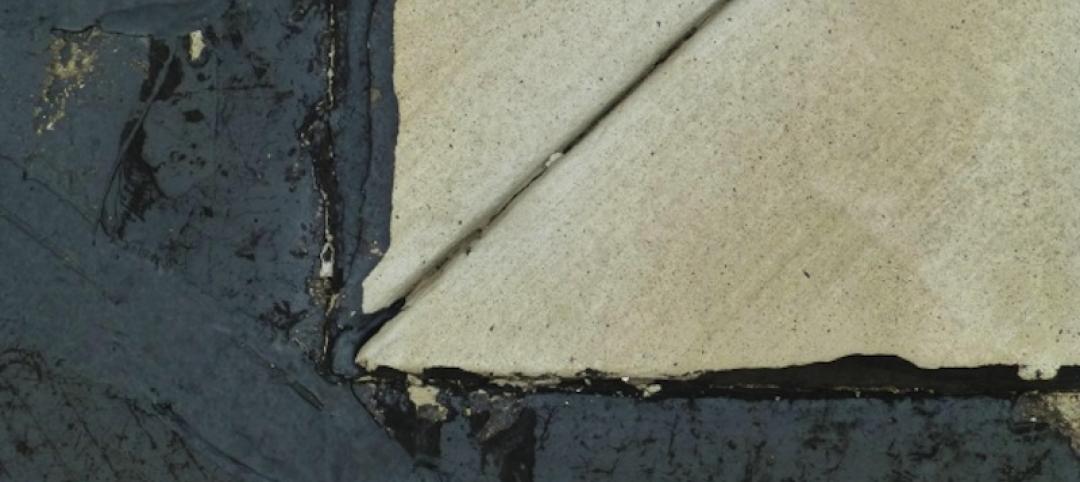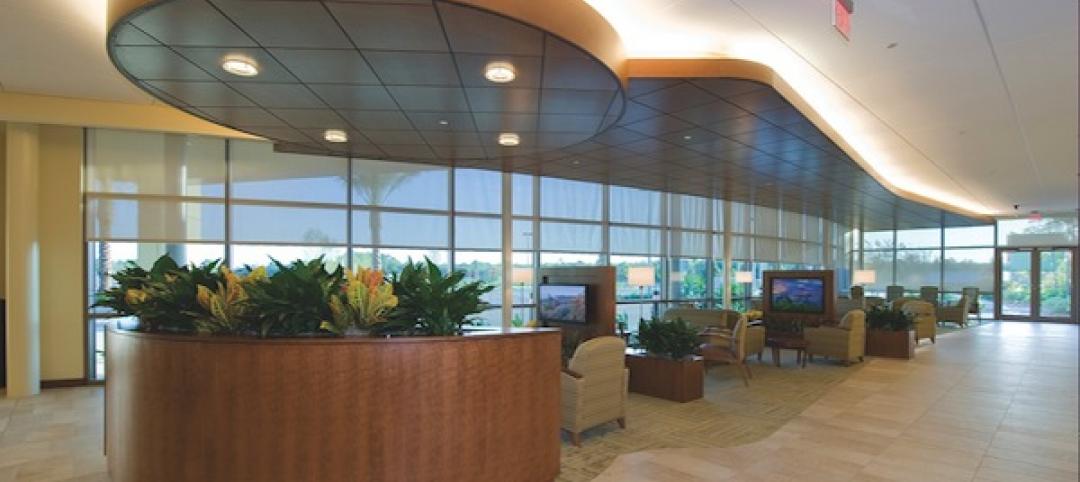Antimicrobial building products marketed as “healthy” or beneficial to human health contain ingredients that may have adverse environmental or human health impacts, and alternative products should be considered whenever possible, according to a new white paper by global architecture and design firm Perkins+Will and the Healthy Building Network (HBN).
Healthy Environments: Understanding Antimicrobial Ingredients in Building Materials exposes the lack of scientific evidence supporting claims that so-called antimicrobial products like paints, kitchen countertops, door handles, flooring, and other interior finishes help ward off communicable diseases. In fact, the report highlights a growing body of research suggesting potential negative impacts of antimicrobials on both the body and the environment. Potential impacts include the possible proliferation of “super bugs” caused by microbial resistance, contamination of aquatic ecosystems, and potential exposure to known or suspected carcinogens like formaldehyde.
“What consumers don’t realize is that the federal government considers antimicrobials pesticides because they are agents used to kill or control living organisms—and they should therefore be used with great care,” says Suzanne Drake, a senior interior designer at Perkins+Will and co-author of the white paper. “Because we caution against using building products containing ingredients suspected of hazardous health impacts, we should avoid products containing antimicrobial ingredients. That includes building products intended for healthcare settings.”
Perkins+Will is placing “Products Marketed as Antimicrobial” on its Precautionary List, urging designers to consider alternatives before specifying them. The move reflects the position of the U.S. Centers for Disease Control and Prevention, the U.S. Food and Drug Administration, and other credible organizations that have reviewed antimicrobial agents and found them to be both ineffective and unnecessary.
“The fact is, there’s zero evidence that antimicrobial additives provide a health benefit,” says Drake.
Building products with antimicrobial additives are relatively new in the marketplace, but their recent surge in popularity has been fueled by manufacturers looking to differentiate themselves and tap into consumer demand for healthy products and healthy built environments. The number of antimicrobial consumer products on the market grew from just a few dozen in 1994 to more than 2,000 in 2014. In some cases, manufacturers add antimicrobial ingredients to a product as a preservative to protect the product from decay, yet they still market the product in ways suggesting that the benefits of the antimicrobials may extend to human health.
“Because the identity and intended purpose of antimicrobials used in building products is often poorly disclosed, it can be difficult to understand what you’re buying,” says Melissa Coffin, principal investigator with HBN and co-author of the white paper. “Perkins+Will’s approach to consider alternative products to those marketing antimicrobial attributes categorically is a good strategy for navigating a complicated issue.” A dedicated appendix in the white paper explains the legal framework that makes the issue so complicated, Coffin adds.
To read a quick overview of the white paper’s top 10 findings, click here.
To read the full white paper, click here.
Related Stories
Building Materials | Apr 14, 2015
French firm proposes sand and bacteria as building material in the Sahara
Deserts are already abundant with sand, so why not construct buildings out of it? This was the thought behind Flohara, a collection of shelters developed by Paris-based XTU Architects.
Sponsored | Windows and Doors | Apr 14, 2015
Energy Retrofits: Getting the Whole Picture on Energy Analysis
Modular Building | Mar 10, 2015
Must see: 57-story modular skyscraper was completed in 19 days
After erecting the mega prefab tower in Changsha, China, modular builder BSB stated, “three floors in a day is China’s new normal.”
Sponsored | Metals | Mar 10, 2015
Metal Building Systems: A Rising Star in the Market
A new report by the Metal Building Manufacturer's Association explains the entity's efforts in refining and extending metal building systems as a construction choice.
Building Materials | Feb 19, 2015
Prices for construction materials fall in January, following plummet of oil prices
The decline in oil and petroleum prices finally showed up in the produce price index data, according to ABC Chief Economist Anirban Basu.
Steel Buildings | Feb 10, 2015
Korean researchers discover 'super steel'
The new alloy makes steel as strong as titanium.
| Dec 29, 2014
From Ag waste to organic brick: Corn stalks reused to make construction materials [BD+C's 2014 Great Solutions Report]
Ecovative Design applies its cradle-to-cradle process to produce 10,000 organic bricks used to build a three-tower structure in Long Island City, N.Y. The demonstration project was named a 2014 Great Solution by the editors of Building Design+Construction.
| Dec 28, 2014
New trends in ceiling designs and materials [AIA course]
A broad array of new and improved ceiling products offers designers everything from superior acoustics and closed-loop, recycled content to eased integration with lighting systems, HVAC diffusers, fire sprinkler heads, and other overhead problems. This course describes how Building Teams are exploring ways to go beyond the treatment of ceilings as white, monolithic planes.
| Oct 30, 2014
CannonDesign releases guide for specifying flooring in healthcare settings
The new report, "Flooring Applications in Healthcare Settings," compares and contrasts different flooring types in the context of parameters such as health and safety impact, design and operational issues, environmental considerations, economics, and product options.
| Oct 16, 2014
Perkins+Will white paper examines alternatives to flame retardant building materials
The white paper includes a list of 193 flame retardants, including 29 discovered in building and household products, 50 found in the indoor environment, and 33 in human blood, milk, and tissues.

















